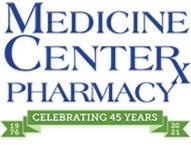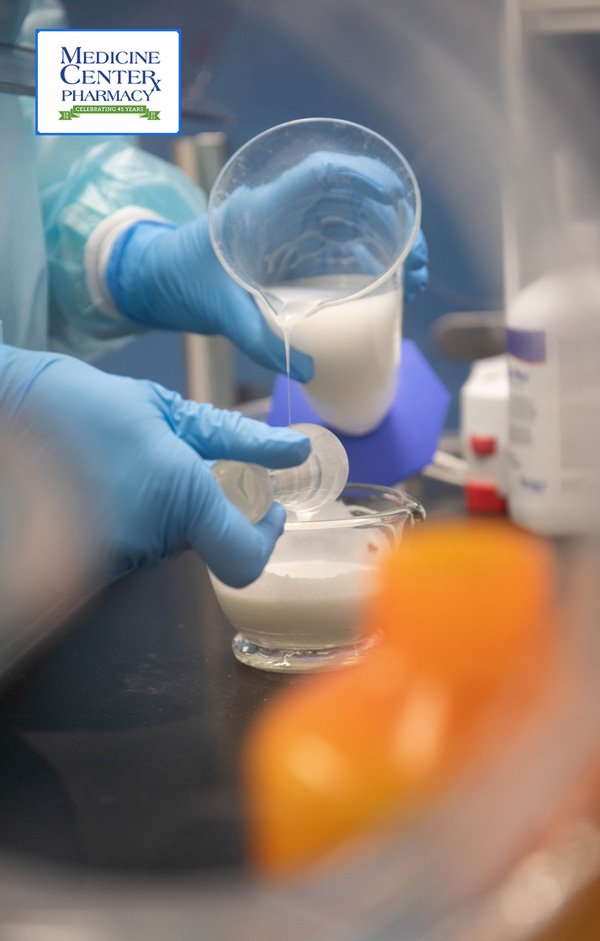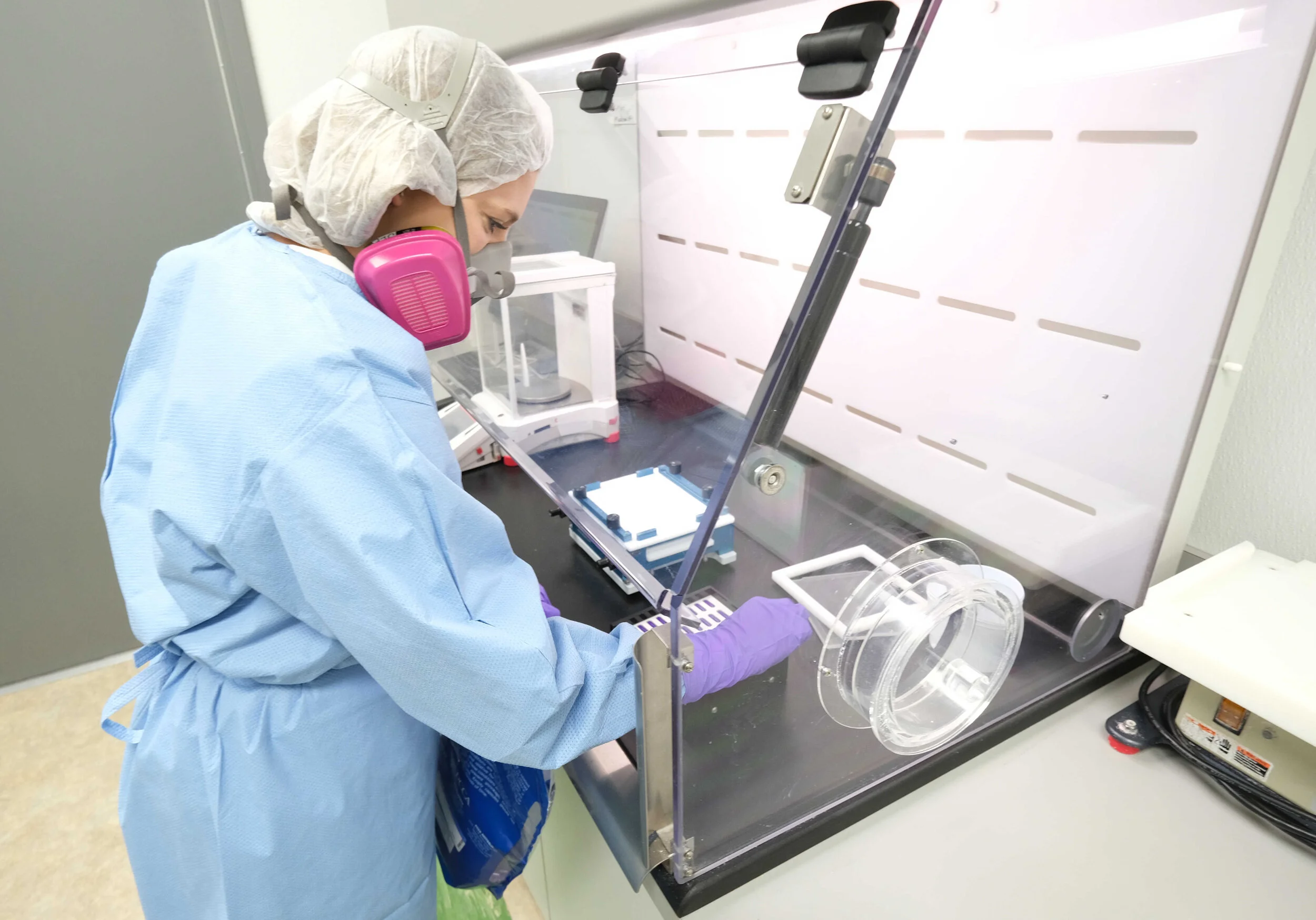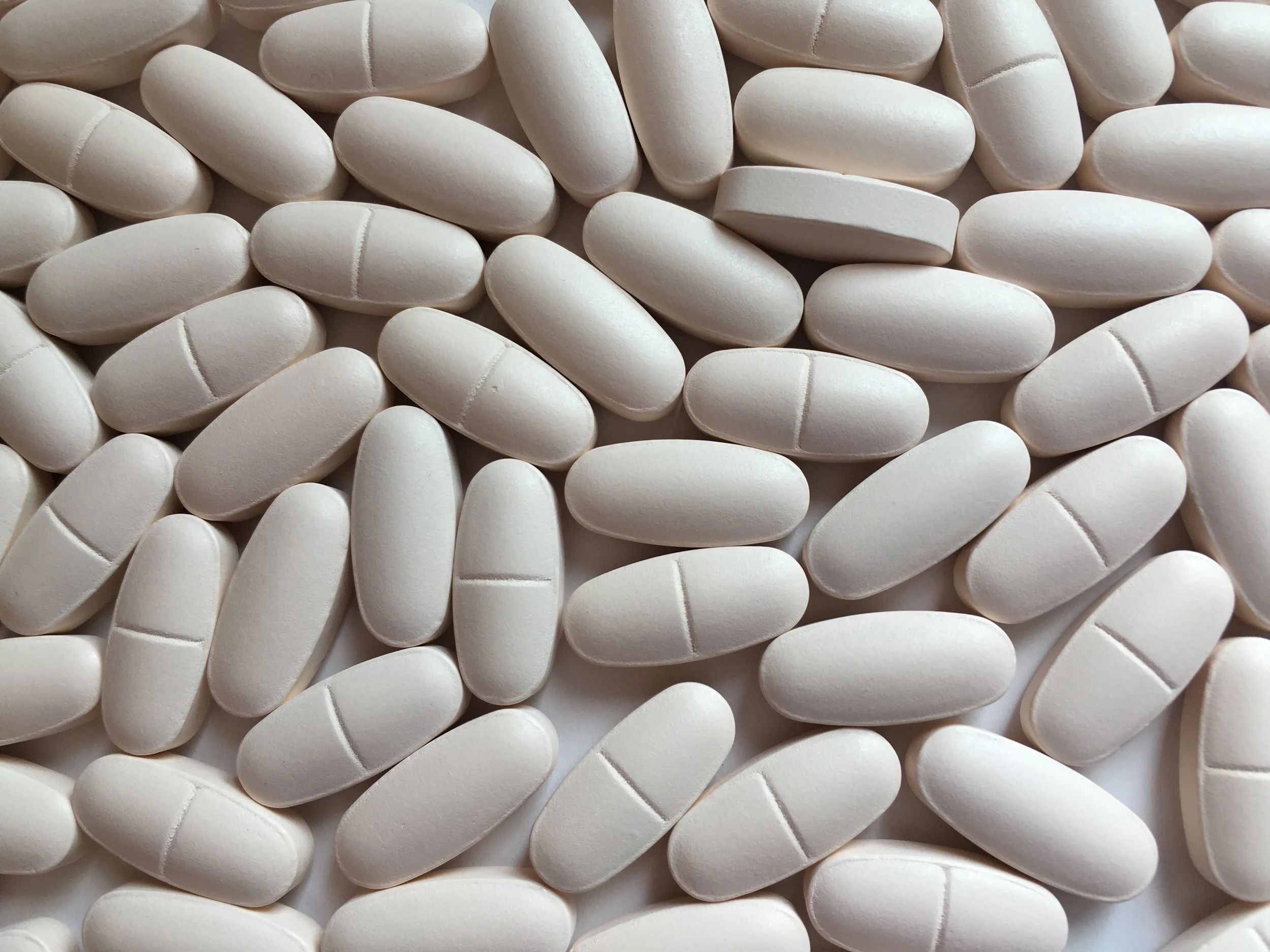Low Dose Naltrexone (LDN) is increasingly used by clinicians for management of challenging medical conditions such as chronic pain or autoimmune disorders. Even though research on LDN as a treatment modality for certain diseases remains sparse, there are several clinical studies conducted to evaluate the effect of LDN for treatment of these conditions and they have shown beneficial effects on symptom improvement. LDN is known to be extremely safe and well tolerated, especially when compared to the drugs typically used to treat these conditions. That is why LDN is considered as a valuable option for clinicians and is an important focus of ongoing research.
It has recently been found that the addition of LDN to treatment regimens for mental illness can help reduce symptoms. However, the evidence showing efficacy of LDN use in treating mental illness is still lacking but the research is ongoing. I am going to review several clinical trials that focused on LDN and psychological disorders and then discuss the beneficial effects and how LDN can be promising for patients with mental illness.
Naltrexone is a reversible competitive antagonist at the mu and kappa receptors and to a lesser extent is a delta receptor antagonist. At oral doses of 50–150mg, it can reverse opioid overdoses and treat alcohol addiction. Paradoxically, LDN enhances the effects of opioid agonists by blocking the opioid receptor transiently which causes a positive feedback mechanism that increases the production of endogenous peptides. Increased levels of endogenous opioids peptides are known to promote healing, inhibit cell growth, and reduce inflammation. Naltrexone works by binding to the C-terminal pentapeptide of the scaffolding filamin A with strong affinity. Filamin A is also found on dopaminergic D2 and D3 receptors which might explain the effect of LDN on prevention of desensitization to D2/D3 agonists. This potential LDN mechanism on dopaminergic receptors led researchers, Bear and Kessler, to propose a study to evaluate for beneficial effects of LDN on restless leg syndrome (RLS)5. The study showed that RLS symptoms had improved with the use of LDN. RLS is typically treated with D2/D3 agonists such as pramipexole or ropinirole. Thus, the researchers suggested that the LDN use would effective in RLS possibly due to facilitated sensitization of D2/3 agonists.
The pathophysiology of depression is thought to involve abnormal dopaminergic D2 receptor function which is possibly associated with D2 receptor desensitization4. An observation study has demonstrated that patients had a relapse with depressive symptoms when a D2 antagonist was given following successful treatment with SSRI. The result was similar in an animal model of depression in which the symptoms were reversed by tricyclic antidepressants4. Therefore, the prevention of D2 receptor desensitization may be essential to effectively treat depression when combined with antidepressants such as SSRIs or SNRIs. Antidepressants may foster the sensitization of D2 receptors and LDN may exert antidepressant effects by preventing D2 receptor desensitization and thus enhancing dopaminergic signaling.
In addition, there has been anecdotal evidence in multiple trials showing that LDN has beneficial mood effects in different conditions. Following the RLS study, a randomized, double blind pilot trial was initiated based on this background information. The study was conducted to evaluate the hypothesis that patients experiencing depressive breakthroughs would demonstrate greater improvement in their depression when supplementing their current antidepressant regimen with LDN versus placebo, with no significant difference in side effects5. In the study, 12 adults with recurrent major depressive disorder (MDD) on dopaminergic antidepressant regimens (stimulants, dopamine agonists, bupropion, aripiprazole, or sertraline) were randomized to naltrexone 1 mg b.i.d. (n=6) or placebo (n=6) augmentation for 3 weeks. The study found that LDN augmentation reduced the severity of depression symptoms in 12 depressed patients who had relapsed on dopamine-enhancing antidepressants. The key finding of the study is that if a patient has depression and has experienced a relapse while taking a previously effective antidepressant that works primarily by dopaminergic mechanisms, the addition of LDN could potentially reduce the depressive symptoms when combined with the original antidepressant. However, a major limitation with this study is that the patient sample is small. It may be necessary to reconduct this study with a larger sample size to confirm the significant difference between the LDN and placebo group. Also, the study included only antidepressants that work by dopaminergic mechanisms. Thus, additional studies should be conducted to determine how effectively it would work with other types of antidepressants.
A retrospective case study, performed by the Department of Psychiatry at the UCLA Kern Medical Center in California, had investigated the efficacy of LDN on a comorbid depressive disorder6. In the report, 5 patients received at least one month of LDN, 2 patients had a diagnosis of MDD, and 2 patients had Bipolar Type II and 1 patient had Bipolar Type I. The results from this study showed that of these patients, 2 patients with fibromyalgia only had minimal improvement, 1 patient with lumbar discopathy had no improvement, and 1 patient with Lupus had much improvement with liquid LDN. At the conclusion of this case study, 80% of patients experienced some degree of improvement with LDN at week 4. Another study conducted by a German Research Group in 2015 found that patients with severe trauma-related dissociative disorders had positive effects after treatment with LDN at doses ranging from 2 - 6 mg daily7. In this study, 11 out of 15 patients reported immediate positive effects and 7 patients described a lasting beneficial effect. Although it is not known how LDN positively affects patients with depression or posttraumatic psychotic disorders, it seems that LDN has some association with beneficial effects on depressive or psychotic symptoms in those patients. However, these studies remain limited due to their small sample sizes. These studies need to be replicated with a larger patient population to validate the positive efficacy of LDN on those mental health problems.
As mentioned earlier, it is well known that LDN has beneficial effects on chronic pain and autoimmune disorders. This knowledge led researchers to conduct clinical studies evaluating the effect of LDN on certain medical conditions such as multiple sclerosis (MS), fibromyalgia, or Crohn’s disease1. LDN has been the subject of many debates and despite there being few clinical studies performed, these studies are key clinical trials demonstrating how LDN results in significant improvement of symptoms.
Fibromyalgia is a disorder characterized by widespread musculoskeletal pain accompanied by fatigue, sleep, and mood issues. Thus, patients with fibromyalgia are sometimes treated with antidepressants. There is a single-blind crossover pilot study that investigated the effectiveness of LDN in treating fibromyalgia symptoms8. The study was conducted based on the hypothesis that LDN may reduce fibromyalgia symptoms by inhibiting the activity of microglia and thus reversing central and peripheral inflammation. In this trial, 10 women with fibromyalgia participated and completed daily reports of symptom severity during baseline (2 weeks), placebo (2 weeks), LDN (8 weeks), and washout phases (2 weeks). In addition, participants visited the lab every 2 weeks for tests of mechanical, heat, and cold pain sensitivity. This study results showed that LDN reduced fibromyalgia symptoms in the entire cohort with greater than 30% reduction over placebo. In addition, participants showed improvement in mechanical and heat pain thresholds during the laboratory visits. Also, participants reported that side effects including insomnia and vivid dreams were rare, or minor and transient. The study concluded that low-dose naltrexone may be an effective, highly tolerable, and inexpensive treatment for fibromyalgia. The mood changes in fibromyalgia patients may be associated with the severity of pain that the patients are experiencing. Therefore, it can be suggested that improvement in pain symptoms may contribute to reduction of depressive symptoms in patients with chronic pain. In other words, LDN may have beneficial effects on mood disorders by exerting positive effects that lower the severity of pain experienced.
Prescribers are becoming increasingly interested in LDN use for various medical conditions since it is well tolerated, safe, and inexpensive. Also, several key clinical trials have shown that LDN may be promising for the management of recurrent or hard to treat mental illnesses, but further research is needed to ensure the efficacy of LDN for those medical conditions. However, researchers emphasize that LDN should not be used alone for the treatment of mental illnesses, but it can be added to enhance the therapeutic effects of existing regimens. In conclusion, LDN can be effective in treating mood disorders when combined with current regimens but additional studies with larger sample sizes are needed to generate more reliable data.
The Medicine Center Pharmacy in New Philadelphia specializes in custom compounded medications in custom dosage forms. The pharmacists are trained experts in low dose naltrexone therapy. LDN therapies can be customized across 23 different dosage forms for 15 different disease state protocols. If you would like to learn more about low dose naltrexone or would like to schedule a phone call or video conference please contact us.
References
1. Low Dose Naltrexone. Provider Guide.
2. Chopra, Pradeep. Mechanism of Action of LDN, Low Dose Naltrexone. Provider Guide.
3. Wang, H.Y., Frankfurt, M., Burns, L.H., 2008. High-affinity naloxone binding to filamin a prevents mu opioid receptor-gs coupling underlying opioid tolerance and dependence. PloS One 3, e1554.
4. Willner, P., 2002. Dopamine and depression. In: Di Chiara, G. (Ed.), Handbook of Physiology: Dopamine in the CNS. Springer, Berlin, 387–416.
5. Mischoulon D, Hylek L, Yeung AS, Clain AJ, Baer L, Cusin C, Ionescu DF, Alpert JE, Soskin DP, Fava M. Randomized, proof-of-concept trial of low dose naltrexone for patients with breakthrough symptoms of major depressive disorder on antidepressants. J Affect Disord. 2017 Jan 15;208:6-14. doi: 10.1016/j.jad.2016.08.029. Epub 2016 Oct 1. Erratum in: J Affect Disord. 2017 Oct 27;227:198.
6. The 15th Pacific Rim College of Psychiatrists Scientific Meeting. (https://onlinelibrary.wiley.com/doi/pdf/10.1111/appy.12002)
7. Pape, W., Wöller, W. Low dose naltrexone in the treatment of dissociative symptoms Nervenarzt 86, 346–351 (2015). https://doi.org/10.1007/s00115-014-4015-9
8. Younger J, Mackey S. Fibromyalgia symptoms are reduced by low-dose naltrexone: a pilot study. Pain Med. 2009 May-Jun;10(4):663-72. doi: 10.1111/j.1526-4637.2009.00613.x. Epub 2009 Apr 22. PMID: 19453963; PMCID: PMC2891387.
















Compounding pharmacist Brad White was recently featured on the Made to Be Whole podcast, diving deep into the power of Low Dose Naltrexone (LDN) and the essential role of compounding pharmacies in personalized healthcare.